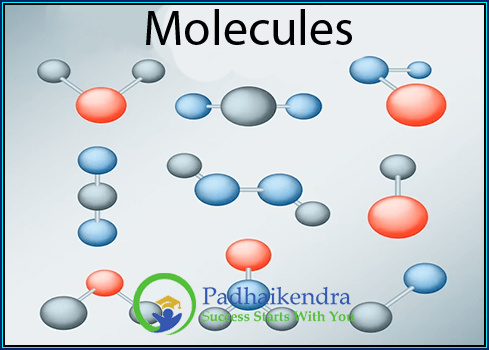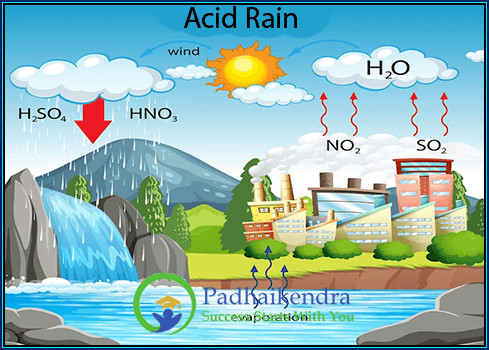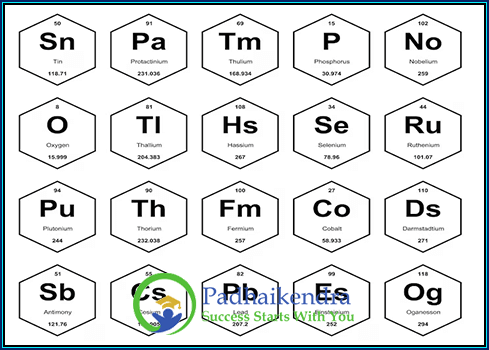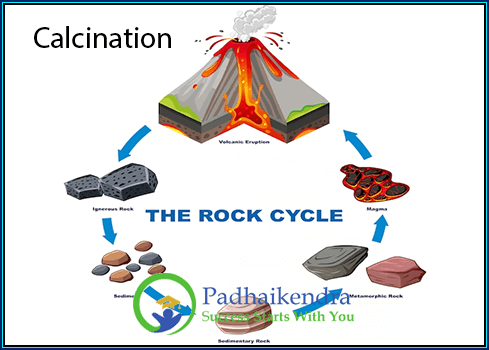What is a Molecule?
A molecule is a group of two or more atoms held together by chemical bonds. These bonds can be covalent, ionic, or metallic, depending on the nature of the atoms involved and the conditions under which the molecule is formed.
Structure of Molecule
Molecules can be made up of atoms of the same element, such as O2 (oxygen gas), or different elements, such as H2O (water), which is made up of two hydrogen atoms and one oxygen atom. Molecules can also be made up of different types of bonds, such as CO2 (carbon dioxide), which contains both covalent and double bonds between the carbon and oxygen atoms.
Properties of a Molecule
The properties and behavior of molecules depend on their chemical composition, structure, and interactions with other molecules. Molecules can be polar or nonpolar, acidic or basic, and can exhibit a wide range of physical and chemical properties. For example, some molecules are highly reactive and can participate in chemical reactions, while others are relatively inert and stable.
 Molecules of elements are made up of two or more atoms of the same element, bonded together by chemical bonds. Some examples of molecules of elements include:
Molecules of elements are made up of two or more atoms of the same element, bonded together by chemical bonds. Some examples of molecules of elements include:
Oxygen (O2): Oxygen gas is made up of two oxygen atoms bonded together by a covalent bond.
Nitrogen (N2): Nitrogen gas is made up of two nitrogen atoms bonded together by a triple covalent bond.
Hydrogen (H2): Hydrogen gas is made up of two hydrogen atoms bonded together by a covalent bond.
Chlorine (Cl2): Chlorine gas is made up of two chlorine atoms bonded together by a covalent bond.
Sulfur (S8): Sulfur is made up of eight sulfur atoms bonded together in a ring structure by covalent bonds.
Phosphorus (P4): Phosphorus is made up of four phosphorus atoms bonded together in a tetrahedral structure by covalent bonds.
Molecules of elements can exist as gases, liquids, or solids, depending on the conditions under which they are formed. The properties and behavior of these molecules are determined by their composition, structure, and interactions with other molecules.
Molecule FAQs
A molecule is a group of atoms bonded together. It is the smallest unit of a chemical compound that retains the chemical properties of that compound. In contrast, an atom is the basic unit of matter, and molecules are formed when atoms chemically combine with each other.
Molecules are formed through chemical bonding. There are three primary types of chemical bonds: covalent bonds, ionic bonds, and metallic bonds. Covalent bonds occur when atoms share electrons, while ionic bonds involve the transfer of electrons from one atom to another. Metallic bonds occur between metal atoms and involve a "sea" of delocalized electrons.
Molecules can be classified into various types based on their composition and bonding. Some common types include organic molecules, which contain carbon and often hydrogen; inorganic molecules, which lack carbon-hydrogen bonds; and biological molecules, such as proteins, nucleic acids, and carbohydrates, which are essential for living organisms.
Molecules are represented using chemical formulas. A chemical formula provides information about the types and numbers of atoms present in a molecule. For example, H2O represents a water molecule, indicating two hydrogen atoms bonded to one oxygen atom.
The molecular structure refers to the arrangement of atoms in a molecule and the bonds between them. It plays a crucial role in determining a molecule's properties, such as its shape, polarity, and reactivity. Molecular structure influences how molecules interact with other substances and how they function in various chemical and biological processes.
Molecules interact through various intermolecular forces, such as hydrogen bonding, dipole-dipole interactions, and van der Waals forces. These interactions determine the physical properties of substances, including their boiling points, melting points, and solubilities.
Yes, molecules can undergo chemical reactions where the arrangement of atoms is altered, resulting in the formation of new molecules. During a chemical reaction, chemical bonds are broken and formed, leading to the conversion of reactant molecules into product molecules. Chemical reactions are fundamental to various natural and synthetic processes.
Scientists use several techniques to study and analyze molecules. Spectroscopic methods, such as infrared spectroscopy and nuclear magnetic resonance (NMR) spectroscopy, provide information about the molecular structure and chemical bonds. Mass spectrometry helps determine the molecular mass and composition of a molecule. X-ray crystallography is used to determine the three-dimensional structure of molecules. These techniques, among others, allow scientists to gain insights into the properties and behavior of molecules.
 Molecules of elements are made up of two or more atoms of the same element, bonded together by chemical bonds. Some examples of molecules of elements include:
Molecules of elements are made up of two or more atoms of the same element, bonded together by chemical bonds. Some examples of molecules of elements include:




